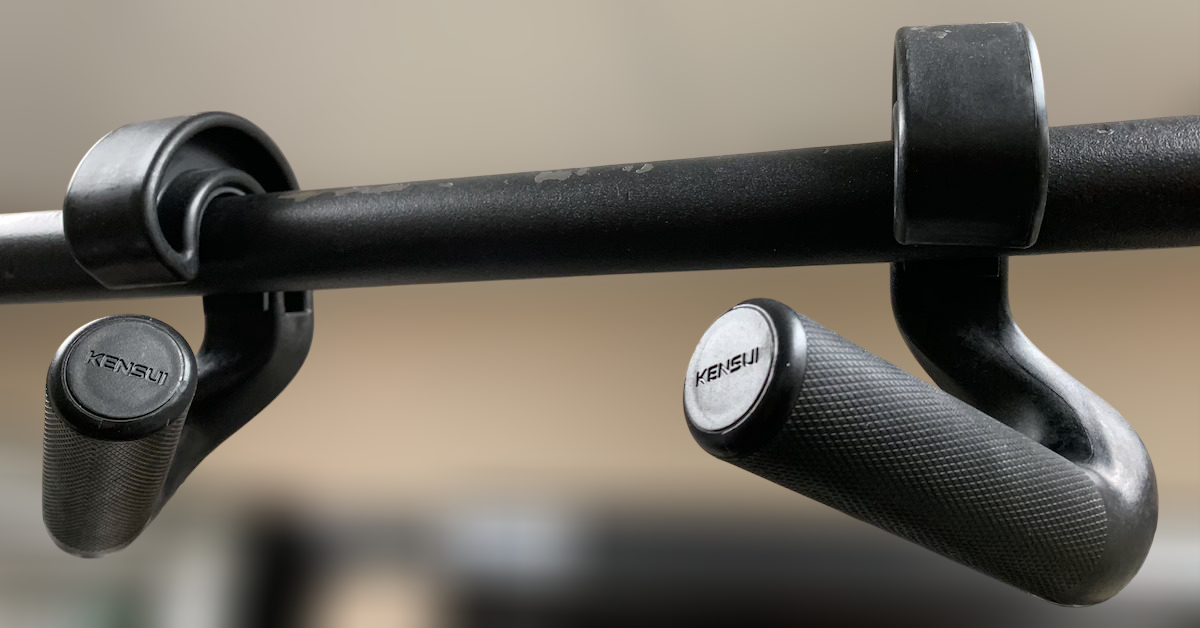Ever notice that women and endurance athletes can perform more reps at a given intensity than the average guy? That’s because they typically have a higher percentage of slow-twitch muscle fibers, making them more resistant to fatigue at submaximal loads. Research backs this up:
Endurance Capacity of Untrained Males and Females (Maughan et al., 1986)
At the same percentage of 1-rep max (1RM), females can perform more reps than males:
| Intensity (%1RM) | Females (Reps) | Males (Reps) |
|---|---|---|
| 90% | 3.7 | 3.5 |
| 80% | 9.1 | 8.0 |
| 70% | 17.0 | 12.0 |
| 60% | 33.3 | 20.0 |
| 50% | 66.5 | 34.8 |
Leg Press Performance: Endurance vs. Weightlifting Athletes (Richens & Cleather, 2013)
Endurance-trained individuals outperform weightlifters in high-rep scenarios:
| Intensity (%1RM) | Endurance Athletes (Reps) | Weightlifters (Reps) |
|---|---|---|
| 90% | 10.8 | 7.0 |
| 80% | 19.8 | 11.8 |
| 70% | 39.9 | 17.9 |
The Challenge of Progressing with Heavy Loads
While endurance athletes and females excel in high-rep training, their performance drops significantly as weight increases due to lower absolute strength levels.
Here’s a real-world example:
- Jane curls 15 lb dumbbells for 12 reps.
- Joe curls 30 lb dumbbells for 12 reps.
- If they both increase their dumbbell weight by 5 lb, their rep drop-off is very different:
- Jane (20 lb): Likely only a few reps.
- Joe (35 lb): Still manages 8-10 reps.
Why? Because a 5 lb jump is a 33% increase for Jane, but only 17% for Joe—making the jump significantly harder for Jane.
The Solution: Microloading with PlateMate
Microloading helps smooth out strength progression. PlateMate (check it out here) offers small magnetic weights that attach to metal dumbbells or weight plates, allowing for smaller increases:
- 5/8 lb, 1.25 lb, 2.5 lb, or 5 lb increments.
- Add two 1.25 lb PlateMates to a 15 lb dumbbell to get 17.5 lb instead of jumping straight to 20 lb.
- Need even smaller jumps? Use a single PlateMate and offset your grip to balance it out.
Advanced Loading Trick
Offsetting the weight intentionally can target specific muscle fibers—a technique I often use with clients. Tomorrow, I’ll share a method to apply this to arm curls and triceps extensions for even greater results!

Upgrade Your Pull-Ups with Swissies-SP Handles
Pull-ups are one of the best exercises for building back and arm strength—but not all pull-up bars are created equal.

No Time to Walk After a Meal? Do This Instead!
By now, most people know that getting in daily steps is essential for overall health. In particular, taking a short

Stay Fit on the Fly: No-Excuse Workouts for Travelers
One of the biggest challenges people face when traveling is maintaining their exercise routine. The two most common excuses? Lack
follow
Error: No feed with the ID 2 found.
Please go to the Instagram Feed settings page to create a feed.
